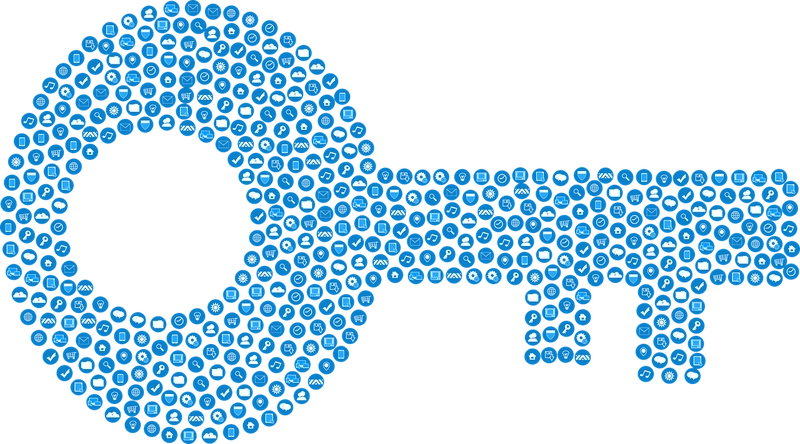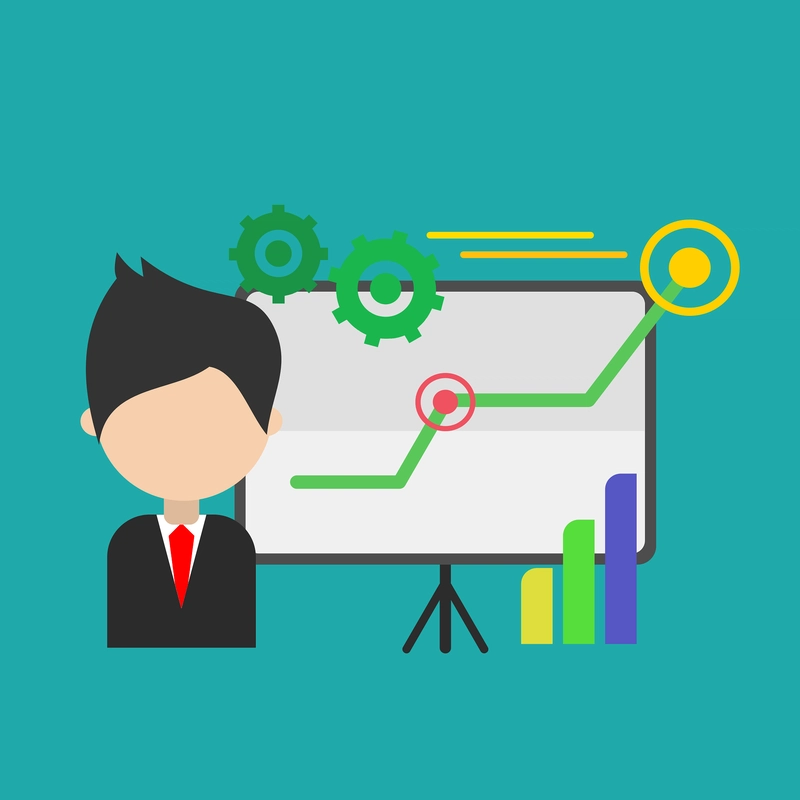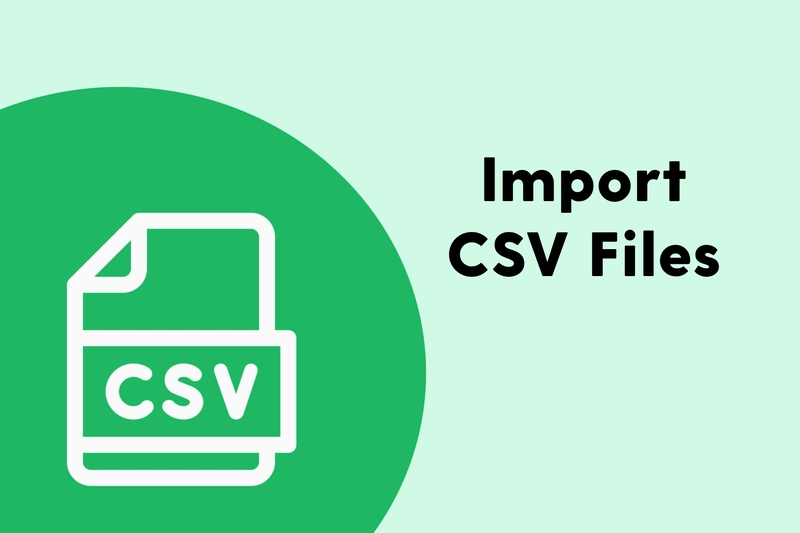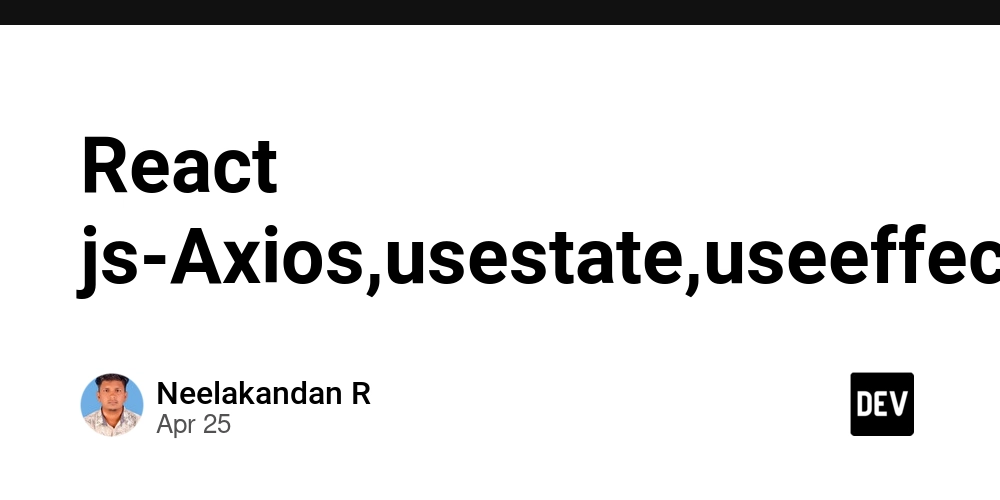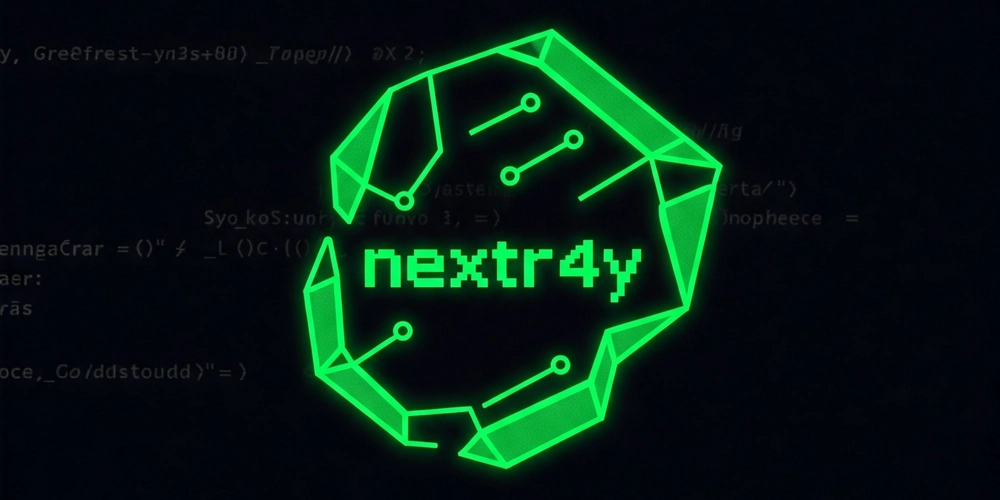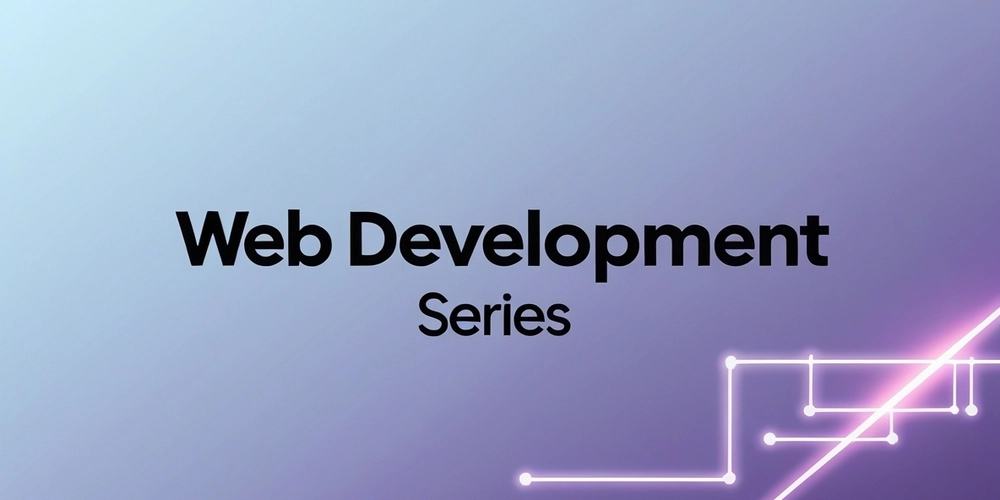Top 5 Features B2B SaaS Systems Need to Attract Customers
As per Fortune Business Insights, the B2B SaaS industry is expected to grow to $908 billion by 2030. The B2B SaaS industry is booming, and companies have been shifting to cloud-based software for everything, from managing customer relationships to automating financial processes. But with so many SaaS solutions out there, how are you going to make yours stand out? The scenario of B2B SaaS is more competitive than ever, and companies have started relying on cloud-based tools to run their businesses. Understand that if your software doesn’t stand out, it won’t survive. The good news? Businesses are not just looking for software, they are looking for solutions. They want products that will make their work easier, their teams more productive, and their bottom lines healthier. If you can give them that, they will not only sign up, but they are going to stay. So, what are the features that make a B2B SaaS platform truly irresistible? Let us take a look at the must-have features that will turn your potential customers into loyal fans. But first, let us understand what a B2B SaaS system is. What is a B2B SaaS System? A Business to Business Software as a Service System is a cloud-based software solution that is designed specifically for businesses as opposed to individual consumers. These platforms help companies automate tasks, streamline operations, and improve efficiency without requiring complex installations and maintenance. As opposed to traditional software that should be downloaded and manually updated, B2B SaaS solutions run on the cloud, allowing businesses to access them from anywhere with an internet connection. They operate on a subscription-based model, where users will pay a recurring fee, either monthly or annually, to gain access to the software. Breaking it down: Business to Business - These software solutions are built for businesses and not individual consumers. Instead of selling to personal users, a B2B SaaS company provides software that will help businesses manage operations, drive revenue, and improve workflow. Software as a Service - Unlike traditional software that requires installation on local devices, SaaS applications are hosted on remote servers and accessed via the internet. Businesses do not have to worry about maintenance, updates, or data storage, as everything is handled by the provider. B2B SaaS has become the backbone of modern businesses because of the scalability, convenience, and cost effectiveness. Let us take a look at the must-have features. 1. Multi-Tenancy Imagine running an apartment building where every tenant will share the same infrastructure, electricity, water, and security, but their personal space remains completely private. That is how multi-tenancy works in SaaS. A single instance of the application serves multiple customers, but each customer’s data is isolated. Why does a well-thought-out multi-tenant architecture matter? Multi-tenancy allows SaaS companies to scale like a rocket. With this setup, businesses can add thousands of new users without needing to create separate software instances. It basically helps in effortless scaling. Whether you have 10 customers or 10,000, your system will remain efficient and cost-effective. Instead of maintaining multiple servers for different clients, SaaS providers shared resources across tenants. This will reduce operational costs and allow better pricing for customers. Even though multiple businesses use the same infrastructure, their data is completely isolated. SaaS providers prefer using logical separation, access control policies, and encryption to prevent any tenant from accessing another tenant's information. Multi-tenancy means faster updates and no hassle. When new features or security patches start rolling out, everyone gets them instantly. No manual installations or version mismatches, just smooth and automatic updates. The biggest examples are companies like Salesforce and Google Workspace. They have built their entire success on multi-tenancy while serving millions of users and maintaining a seamless and high-performance experience. The Risk of Not Using Multi-Tenancy Companies that depend on a single-tenant architecture will face significant challenges when it comes to capability and operational efficiency. Unlike multi-tenancy, where resources are shared across multiple customers, a single-tenant model will require a separate infrastructure for each client. This setup comes with several drawbacks. Since each customer needs a dedicated software instance, businesses have to invest heavily in servers, storage and maintenance. With the growth of the customer base, the cost will increase and cut into profitability while making competitive pricing difficult. Onboarding a new client in a single-tenant system will require setting up and configuring a separate software instance. This process will take time and delay the ability of the customer to use the plat
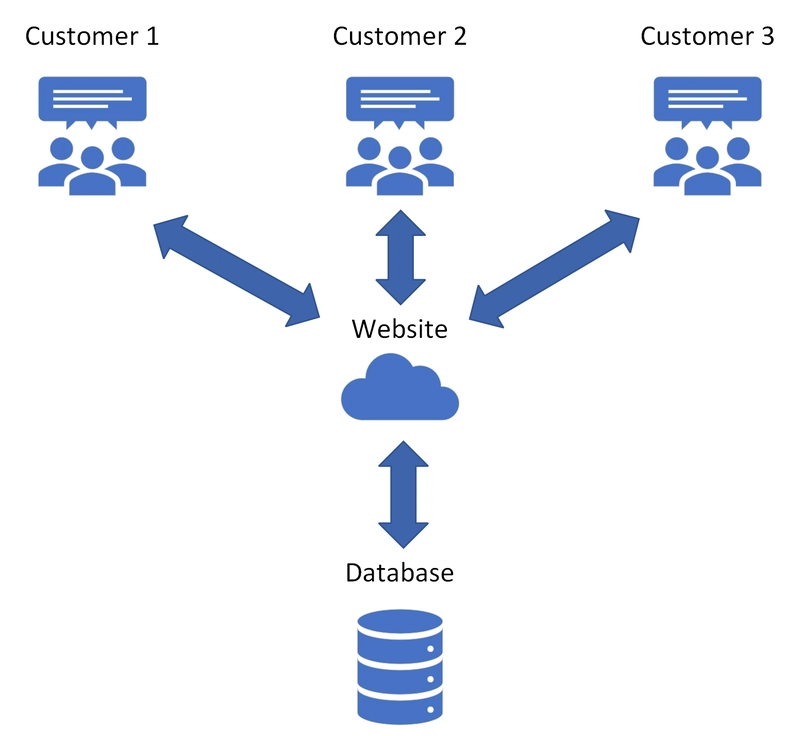
As per Fortune Business Insights, the B2B SaaS industry is expected to grow to $908 billion by 2030. The B2B SaaS industry is booming, and companies have been shifting to cloud-based software for everything, from managing customer relationships to automating financial processes. But with so many SaaS solutions out there, how are you going to make yours stand out? The scenario of B2B SaaS is more competitive than ever, and companies have started relying on cloud-based tools to run their businesses. Understand that if your software doesn’t stand out, it won’t survive.
The good news?
Businesses are not just looking for software, they are looking for solutions. They want products that will make their work easier, their teams more productive, and their bottom lines healthier. If you can give them that, they will not only sign up, but they are going to stay. So, what are the features that make a B2B SaaS platform truly irresistible? Let us take a look at the must-have features that will turn your potential customers into loyal fans. But first, let us understand what a B2B SaaS system is.
What is a B2B SaaS System?
A Business to Business Software as a Service System is a cloud-based software solution that is designed specifically for businesses as opposed to individual consumers. These platforms help companies automate tasks, streamline operations, and improve efficiency without requiring complex installations and maintenance. As opposed to traditional software that should be downloaded and manually updated, B2B SaaS solutions run on the cloud, allowing businesses to access them from anywhere with an internet connection. They operate on a subscription-based model, where users will pay a recurring fee, either monthly or annually, to gain access to the software.
Breaking it down:
- Business to Business - These software solutions are built for businesses and not individual consumers. Instead of selling to personal users, a B2B SaaS company provides software that will help businesses manage operations, drive revenue, and improve workflow.
- Software as a Service - Unlike traditional software that requires installation on local devices, SaaS applications are hosted on remote servers and accessed via the internet. Businesses do not have to worry about maintenance, updates, or data storage, as everything is handled by the provider.
B2B SaaS has become the backbone of modern businesses because of the scalability, convenience, and cost effectiveness. Let us take a look at the must-have features.
1. Multi-Tenancy
Imagine running an apartment building where every tenant will share the same infrastructure, electricity, water, and security, but their personal space remains completely private. That is how multi-tenancy works in SaaS. A single instance of the application serves multiple customers, but each customer’s data is isolated.
Why does a well-thought-out multi-tenant architecture matter?
- Multi-tenancy allows SaaS companies to scale like a rocket. With this setup, businesses can add thousands of new users without needing to create separate software instances. It basically helps in effortless scaling. Whether you have 10 customers or 10,000, your system will remain efficient and cost-effective.
- Instead of maintaining multiple servers for different clients, SaaS providers shared resources across tenants. This will reduce operational costs and allow better pricing for customers.
- Even though multiple businesses use the same infrastructure, their data is completely isolated. SaaS providers prefer using logical separation, access control policies, and encryption to prevent any tenant from accessing another tenant's information.
- Multi-tenancy means faster updates and no hassle. When new features or security patches start rolling out, everyone gets them instantly. No manual installations or version mismatches, just smooth and automatic updates.
The biggest examples are companies like Salesforce and Google Workspace. They have built their entire success on multi-tenancy while serving millions of users and maintaining a seamless and high-performance experience.
The Risk of Not Using Multi-Tenancy
Companies that depend on a single-tenant architecture will face significant challenges when it comes to capability and operational efficiency. Unlike multi-tenancy, where resources are shared across multiple customers, a single-tenant model will require a separate infrastructure for each client. This setup comes with several drawbacks.
- Since each customer needs a dedicated software instance, businesses have to invest heavily in servers, storage and maintenance. With the growth of the customer base, the cost will increase and cut into profitability while making competitive pricing difficult.
- Onboarding a new client in a single-tenant system will require setting up and configuring a separate software instance. This process will take time and delay the ability of the customer to use the platform. Meanwhile, competitors using multi-tenancy can onboard clients easily and offer a smoother experience.
- Managing multiple software instances means updates, feature releases, and security patches have to be applied separately for every customer. This will create inconsistency and also increase the risk of outdated software. In comparison, multi-tenancy will allow providers to push updates across all users at once.
Businesses that invest in multi-tenancy position themselves for long-term success. They can scale rapidly, reduce costs, and provide a great customer experience, all of which are important for surviving in the market. Multi-tenancy is not only a technical advantage, but it is also the fundamental driver of business growth and market dominance.
2. Customization
We have to agree that every business is unique. If your SaaS forces companies to fit into a rigid workflow, they are surely going to leave. Customization will make your software adapt to them, and not the other way around.
Now, why is customization important for B2B SaaS?
Before adopting a new SaaS solution, most B2B clients request specific features that will align with their operations. If your platform lacks customization, businesses will struggle to integrate it into their existing processes, which will lead to frustration and inefficiencies. A well thought out, customizable SaaS solution will meet the diverse requirements of clients and also make onboarding smoother, enhance user satisfaction, and increase long-term retention. The ability to personalize dashboards, workflows, and permissions will ensure that businesses can prepare the software to fit their exact requirements without having to adjust their operations to fit the software.
Let us take a look at the must have customization features.
- The most important feature among all is undoubtedly the configurable dashboard. This feature will allow users to choose what they are interested in seeing on their homepage as opposed to having to see things that they have no work with.
- How about custom fields and forms? Businesses should be able to add data fields that are specific to their industry needs. They should have the flexibility to create and customize data fields as per their industry requirements, which will allow them to collect, store, and manage relevant information efficiently. Whether it is capturing the preferences of the customers, tracking project details, or maintaining compliance records, custom fields and forms help businesses streamline workflows and enhance data accuracy.
- Another important feature that cannot be missed is role-specific feature toggles. This will enable teams to access only the functionalities that are relevant to their roles. For example, finance teams need invoicing and budgeting tools, while marketing will focus on campaign tracking. This will streamline workflows, enhance efficiency and also improve user experience by reducing the unnecessary features for every department.
A great example is that of Monday.com, as it lets businesses customize workflows, automate tasks, and build dashboards that fit their particular requirements- nothing more, nothing less.
A well-designed, customized framework isn’t just nice to have; it is a must-have. By offering flexibility, SaaS providers can meet the demands of several industries, ensure smooth adoption, and keep customers engaged in the long run.
3. Access Control
Think of access control like an airport security system. Not everyone should have access to the cockpit. Similarly, in a B2B SaaS, not every employee should see or edit sensitive company data.
Why is it critical:
- A staggering 83% of data breaches involve compromised credentials, as per the Verizon Data Breach Report. Without access control, unauthorized users can easily expose sensitive data.
- Employees don’t need a maze of unnecessary features. By limiting access based on roles, users see only what they need to see, nothing more or less.
- If your SaaS can handle financial, legal, and healthcare data, strict access policies are non-negotiable. Regulations like GDPR, SOC 2, and HIPAA demand granular access controls to prevent data mishandling.
What Are The Best Practices for Access Control?
- Role-based access control is basically assigning permissions based on job roles, like sales representatives can view leads, but they’ll not be able to edit financial records.
- Multi-factor authentication, which helps in adding a second layer of security like biometric verification or OTPs can help in reducing the risk of breaches.
- Activity logs and alerts are about tracking who accessed what and receive real-time alerts for suspicious activity.
4. Reporting
Reporting is a game changer. Businesses not only use software, but they also expect it to guide them. In fact, as per McKinsey, companies using analytics-driven strategies are 23 times more likely to outperform competitors. A robust reporting system can turn raw data into actionable insights, which helps businesses to make smarter and data-driven decisions.
How can reports empower businesses:
- A live dashboard means instant insights. A well-designed dashboard shows the key business metrics at a glance. From sales performance to customer engagement, businesses can see what is working and what is not instantly.
- What can be better than customizable reports? Different industries track different KPIs. Letting users filter, customize, and segment reports will ensure that they get the data that they need.
- AI-powered predictive analytics is not only about showing what happened; it is about predicting what will happen. AI-driven analytics help businesses forecast revenue, spot trends, and prevent churn.
One of the biggest examples is HubSpot CRM, which provides advanced reporting tools, which will help businesses track customer behavior, optimize sales strategies, and boost revenue.
5. Import Feature
Switching software is painful. Why? Because they have accumulated years of data in their existing systems. And imagine if migrating that data becomes a nightmare, they will of course, hesitate to switch, as they will have a fear of disruptions to operations and productivity. A seamless import feature will simplify this transition by allowing businesses to transfer their data into the new system without any errors, formatting issues, or extensive manual work.
What are the key benefits?
- A fast onboarding will help businesses upload data in minutes as opposed to wasting hours manually inputting the information, which will enable them to get up and running quickly with minimal effort.
- Would you want to start from scratch? No one would. Importing is beneficial as it helps in reducing downtime and maintains workflow continuity, which will allow teams to transition smoothly without any disruption to the daily operations.
- Because importing data is stress-free, there is a high chance that businesses will adopt the new software, which will lead to increased user satisfaction and long-term engagement with the platform.
Now, why is the import feature so important in SaaS?
Most businesses already have their own data, and they are not going to abandon this valuable information just to switch to a new software solution. If migrating data is difficult and risky, they will not be ready to make the move, irrespective of how feature-rich the new platform is. A seamless import feature will remove this barrier to adoption by allowing businesses to bring in their existing data effortlessly. Instead of starting from scratch or spending days manually transferring data, companies can integrate data into the new system quickly. This feature helps in:
- Reducing switching hesitation.
- Encourages more sign-ups.
- Ensures immediate usability.
- Helps in boosting long-term engagement.
Ultimately, an import feature is not only about convenience, it is an important factor in SaaS adoption and customer retention. By removing friction, improving efficiency, and ensuring a great transition process, a well-designed import feature becomes a key competitive advantage in this market.
While the B2B SaaS market is exploding, it is also true that the competition is fierce. What is the secret to long-term success, then? Building a product that will work on solving real business issues, like enhancing efficiency, reducing friction, and driving measurable data for users. A SaaS product that can remove barriers, improve workflows and adapt to business needs is one that stands out in the market.
We have spent years helping businesses build secure, scalable, and high-performing B2B SaaS platforms that drive real results. Our expertise spans from custom software development, AI-powered analytics, API integration, and enterprise-grade security, ensuring our clients will get a solution tailored to their needs. We understand what it takes to create SaaS products that attract customers and scale seamlessly in a competitive market. We build future-proof SaaS solutions that will help businesses grow. If you are ready to build a B2B SaaS that stands out, let’s talk and bring your vision to life.
Final Thoughts
We have to agree that the B2B SaaS world is full of options. But if your product has a smooth user experience, rock-solid security, seamless integration, flexible pricing, data-driven insights, etc., you won’t just attract customers, you are going to keep them for life. We have helped countless companies build SaaS products that check all these boxes, and we can help you, too. If you are ready to create a B2B SaaS solution that will stand out in a crowded market, do check out our SaaS development services. Your customers are out there; let us give them something that they can’t resist.
































































































































































![[The AI Show Episode 143]: ChatGPT Revenue Surge, New AGI Timelines, Amazon’s AI Agent, Claude for Education, Model Context Protocol & LLMs Pass the Turing Test](https://www.marketingaiinstitute.com/hubfs/ep%20143%20cover.png)


















































































































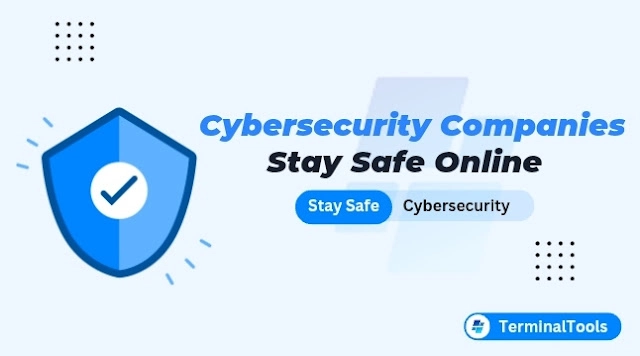












![[DEALS] Koofr Cloud Storage: Lifetime Subscription (1TB) (80% off) & Other Deals Up To 98% Off – Offers End Soon!](https://www.javacodegeeks.com/wp-content/uploads/2012/12/jcg-logo.jpg)
























![Is this too much for a modular monolith system? [closed]](https://i.sstatic.net/pYL1nsfg.png)




















































































































_roibu_Alamy.jpg?width=1280&auto=webp&quality=80&disable=upscale#)




 CISO’s Core Focus.webp?#)





































































































![M4 MacBook Air Drops to Just $849 - Act Fast! [Lowest Price Ever]](https://www.iclarified.com/images/news/97140/97140/97140-640.jpg)
![Apple Smart Glasses Not Close to Being Ready as Meta Targets 2025 [Gurman]](https://www.iclarified.com/images/news/97139/97139/97139-640.jpg)
![iPadOS 19 May Introduce Menu Bar, iOS 19 to Support External Displays [Rumor]](https://www.iclarified.com/images/news/97137/97137/97137-640.jpg)




































































































